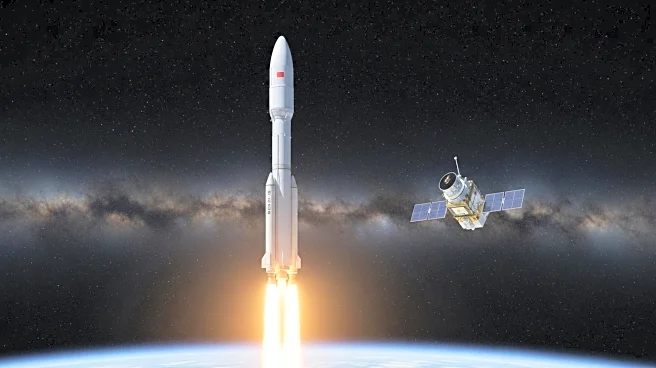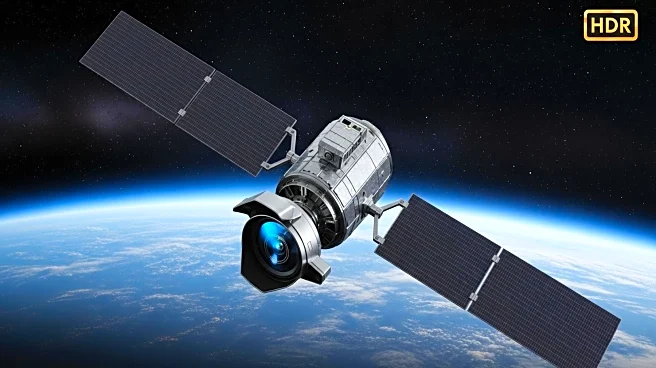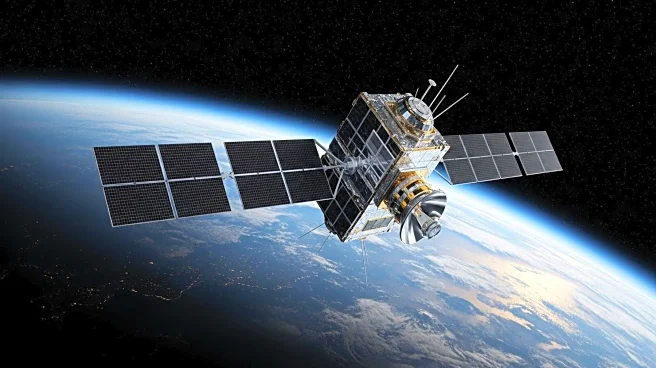What's Happening?
Satellites have recorded the largest ocean swells ever seen from space, demonstrating how massive waves can carry a storm's power across oceans. The Surface Water and Ocean Topography (SWOT) mission tracked
waves generated by Storm Eddie in December 2024, which reached nearly 65 feet in height. These waves traveled over 15,000 miles, impacting distant shores with erosion and flooding. The study utilized data from multiple Earth-observing satellites to create a global picture of storm wave movement.
Why It's Important?
The ability to track ocean waves from space provides critical insights into the dynamics of storm systems and their impact on coastal regions. Understanding how waves transport energy can improve predictive models for storm-related hazards, aiding in the protection of coastal communities. This research challenges existing assumptions about wave power distribution and highlights the importance of satellite technology in environmental monitoring.
What's Next?
Researchers will continue to refine global wave models using the data collected from the SWOT mission and other satellites. These models will enhance the ability to predict storm impacts and inform strategies for coastal protection and disaster response.
Beyond the Headlines
The study of ocean waves and storm dynamics can contribute to broader climate change research, offering insights into how changing weather patterns affect global ecosystems. The findings may also inform the development of sustainable coastal management practices.













